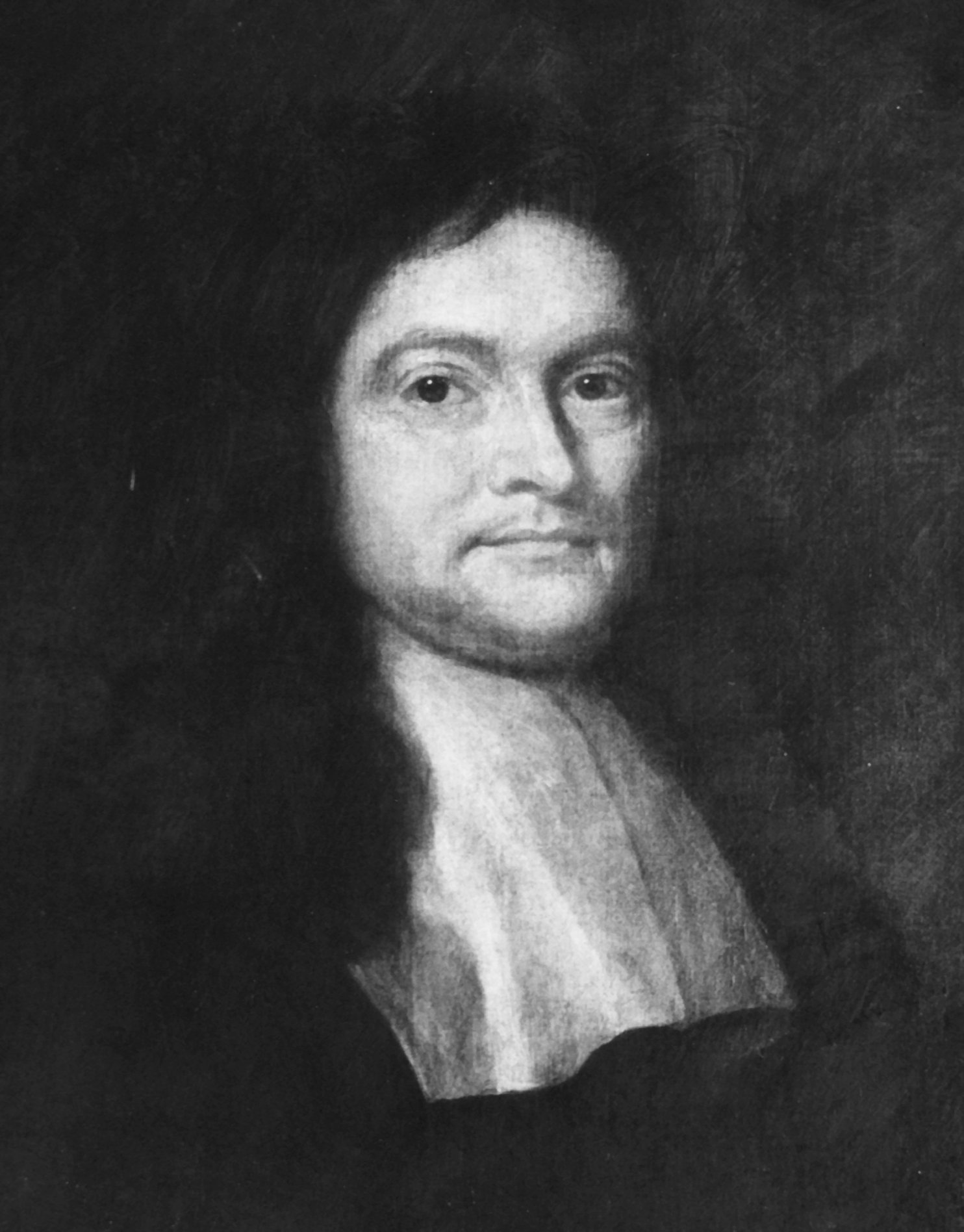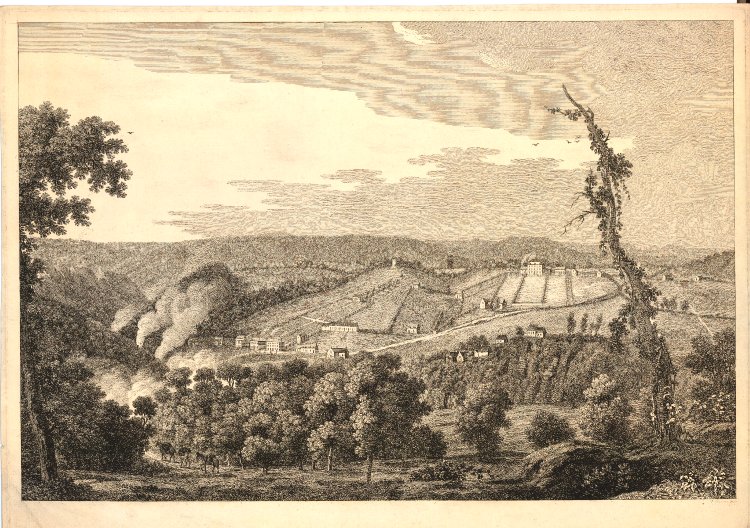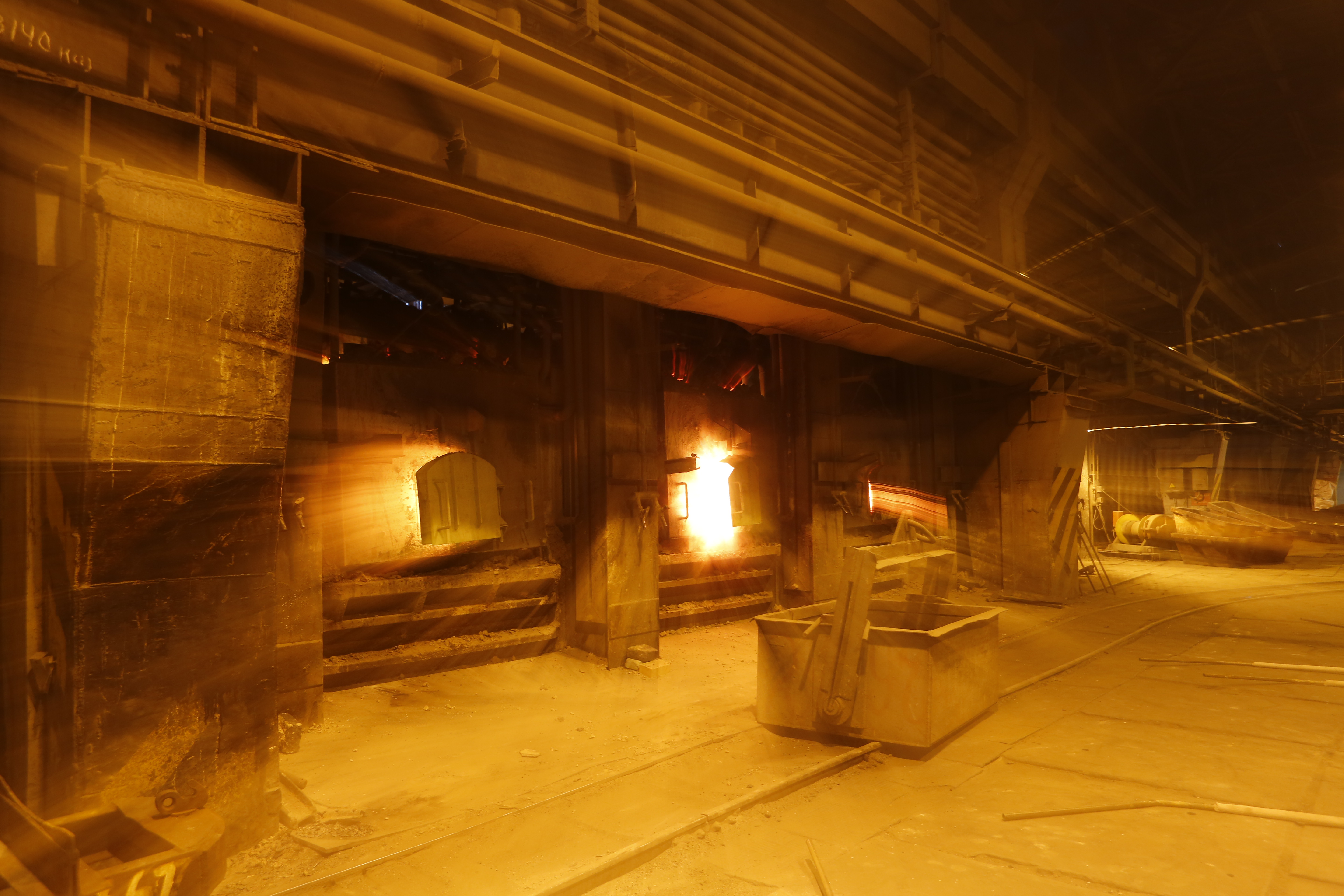|
1619 In Science
The year 1619 in science and technology involved some significant events. Astronomy * Publication of Johannes Kepler's third law of planetary motion in his ''Harmonices Mundi''. He also recognises the duality of convex polyhedra. * Publication of the Jesuit Giuseppe Biancani's ''Sphaera mundi, seu cosmographia demonstrativa, ac facili methodo tradita'' in Bologna. Biochemistry * Lactose is discovered by Fabriccio Bartoletti; the word ''lactose'' comes from the Latin word ''lac'' which means "milk". Exploration * In North America, the Churchill River is discovered by Danish explorer Jens Munk, and it will be used for over 100 years as a trading route of the Hudson's Bay Company from their fort at its mouth to the interior. * Frederick de Houtman and Jans van Edel discover the Houtman Abrolhos islands. Medicine *Dermod O'Meara's text on genetic disorders, ''De Moribus: Pathologia Haereditaria Generalis'' is published in Dublin, the first medical text published in Ireland. M ... [...More Info...] [...Related Items...] OR: [Wikipedia] [Google] [Baidu] |
Science
Science is a systematic endeavor that builds and organizes knowledge in the form of testable explanations and predictions about the universe. Science may be as old as the human species, and some of the earliest archeological evidence for scientific reasoning is tens of thousands of years old. The earliest written records in the history of science come from Ancient Egypt and Mesopotamia in around 3000 to 1200 BCE. Their contributions to mathematics, astronomy, and medicine entered and shaped Greek natural philosophy of classical antiquity, whereby formal attempts were made to provide explanations of events in the physical world based on natural causes. After the fall of the Western Roman Empire, knowledge of Greek conceptions of the world deteriorated in Western Europe during the early centuries (400 to 1000 CE) of the Middle Ages, but was preserved in the Muslim world during the Islamic Golden Age and later by the efforts of Byzantine Greek scholars who brought Greek ... [...More Info...] [...Related Items...] OR: [Wikipedia] [Google] [Baidu] |
Houtman Abrolhos
The Houtman Abrolhos (often called the Abrolhos Islands) is a chain of 122 islands and associated coral reefs, in the Indian Ocean off the west coast of Australia, about west of Geraldton, Western Australia. It is the southernmost true coral reef in the Indian Ocean, and one of the highest latitude reef systems in the world. It is one of the world's most important seabird breeding sites, and is the centre of Western Australia's largest single-species fishery, the western rock lobster fishery. It has a small seasonal population of fishermen, and a limited number of tourists are permitted for day trips, but most of the land area is off limits as conservation habitat. It is well known as the site of numerous shipwrecks, the most famous being the Dutch ships , which was wrecked in 1629, and , wrecked in 1727. The islands are an unincorporated area with no municipal government, subject to direct administration of the Government of Western Australia. In July 2019, the Houtman Abro ... [...More Info...] [...Related Items...] OR: [Wikipedia] [Google] [Baidu] |
Hieronymus Fabricius
Girolamo Fabrici d'Acquapendente, also known as Girolamo Fabrizio or Hieronymus Fabricius (20 May 1533 – 21 May 1619), was a pioneering anatomist and surgeon known in medical science as "The Father of Embryology." Life and accomplishments Born in Acquapendente, Latium, Fabricius studied at the University of Padua, receiving a Doctor of Medicine degree in 1559 under the guidance of Gabriele Falloppio. He was a private teacher of anatomy in Padua, 1562–1565, and in 1565, became professor of surgery and anatomy at the university, succeeding Falloppio. In 1594 he revolutionized the teaching of anatomy when he designed the first permanent theater for public anatomical dissections. Julius Casserius (1552–1616) of Piacenza was among Fabricius' students. William Harvey (1578–1657) and Adriaan van den Spiegel (1578–1625) also studied under Fabricius, beginning around 1598. Julius Casserius would later succeed Fabricius as Professor of Anatomy at the University of Padua in ... [...More Info...] [...Related Items...] OR: [Wikipedia] [Google] [Baidu] |
1684 In Science
The year 1684 in science and technology involved some significant events. Astronomy * December 10 – Edmond Halley presents the paper ''De motu corporum in gyrum'', containing Isaac Newton's derivation of Kepler's laws of planetary motion (incorporating inverse-square force) from his theory of gravity, to the Royal Society in London. Mathematics * Gottfried Leibniz publishes the first account of differential calculus. Publications * Robert Boyle publishes ''Experiments and Considerations about the Porosity of Bodies'', the first work on this topic. * Raymond Vieussens publishes ''Neurographia universalis'', a "pioneering work" on the nervous system. Births * Celia Grillo Borromeo, Italian scientist and mathematician (died 1777) Deaths * April 5 – William Brouncker, 2nd Viscount Brouncker, English mathematician (born 1620) * May 11 – Daniel Whistler, English physician (born c. 1619) * May 12 – Edme Mariotte, French physicist known for his recognition of Boyle's law ... [...More Info...] [...Related Items...] OR: [Wikipedia] [Google] [Baidu] |
Physician
A physician (American English), medical practitioner (Commonwealth English), medical doctor, or simply doctor, is a health professional who practices medicine, which is concerned with promoting, maintaining or restoring health through the study, diagnosis, prognosis and treatment of disease, injury, and other physical and mental impairments. Physicians may focus their practice on certain disease categories, types of patients, and methods of treatment—known as specialities—or they may assume responsibility for the provision of continuing and comprehensive medical care to individuals, families, and communities—known as general practice. Medical practice properly requires both a detailed knowledge of the academic disciplines, such as anatomy and physiology, underlying diseases and their treatment—the ''science'' of medicine—and also a decent competence in its applied practice—the art or ''craft'' of medicine. Both the role of the physician and the meaning ... [...More Info...] [...Related Items...] OR: [Wikipedia] [Google] [Baidu] |
English People
The English people are an ethnic group and nation native to England, who speak the English language in England, English language, a West Germanic languages, West Germanic language, and share a common history and culture. The English identity is of History of Anglo-Saxon England, Anglo-Saxon origin, when they were known in Old English as the ('race or tribe of the Angles'). Their ethnonym is derived from the Angles, one of the Germanic peoples who migrated to Great Britain around the 5th century AD. The English largely descend from two main historical population groups the West Germanic tribes (the Angles, Saxons, Jutes and Frisians) who settled in southern Britain following the withdrawal of the Ancient Rome, Romans, and the Romano-British culture, partially Romanised Celtic Britons already living there.Martiniano, R., Caffell, A., Holst, M. et al. Genomic signals of migration and continuity in Britain before the Anglo-Saxons. Nat Commun 7, 10326 (2016). https://doi.org/10 ... [...More Info...] [...Related Items...] OR: [Wikipedia] [Google] [Baidu] |
Daniel Whistler
Daniel Whistler (1619–1684) was an English physician. Life The son of William Whistler of Elvington, Oxfordshire, he was born at Walthamstow in Essex in 1619. He was educated at the school of Thame, Oxfordshire, and entered Merton College, Oxford, in January 1639. He graduated B.A. in 1642. On 8 August 1642 he began the study of physic at the Leiden University, where he graduated M.D. on 19 October 1645, having in the interval returned to Oxford to take his M.A. degree (8 February 1644). He was incorporated M.D. at Oxford on 20 May 1647, and was elected a fellow of the College of Physicians on 13 December 1649. On 13 June 1648 he was elected Gresham Professor of Geometry, and was at the same time Linacre reader at Oxford. In 1653, during the First Anglo-Dutch War, Whistler was assisted by Elizabeth Alkin in setting up a network of casualty reception stations in Portsmouth and East Anglia. The stations treated both English and Dutch casualties. In October 1653 was asked to ac ... [...More Info...] [...Related Items...] OR: [Wikipedia] [Google] [Baidu] |
England
England is a country that is part of the United Kingdom. It shares land borders with Wales to its west and Scotland to its north. The Irish Sea lies northwest and the Celtic Sea to the southwest. It is separated from continental Europe by the North Sea to the east and the English Channel to the south. The country covers five-eighths of the island of Great Britain, which lies in the North Atlantic, and includes over 100 smaller islands, such as the Isles of Scilly and the Isle of Wight. The area now called England was first inhabited by modern humans during the Upper Paleolithic period, but takes its name from the Angles, a Germanic tribe deriving its name from the Anglia peninsula, who settled during the 5th and 6th centuries. England became a unified state in the 10th century and has had a significant cultural and legal impact on the wider world since the Age of Discovery, which began during the 15th century. The English language, the Anglican Church, and Engli ... [...More Info...] [...Related Items...] OR: [Wikipedia] [Google] [Baidu] |
Coalbrookdale
Coalbrookdale is a village in the Ironbridge Gorge in Shropshire, England, containing a settlement of great significance in the history of iron ore smelting. It lies within the civil parish called the Gorge. This is where iron ore was first smelted by Abraham Darby using easily mined "coking coal". The coal was drawn from drift mines in the sides of the valley. As it contained far fewer impurities than normal coal, the iron it produced was of a superior quality. Along with many other industrial developments that were going on in other parts of the country, this discovery was a major factor in the growing industrialisation of Britain, which was to become known as the Industrial Revolution. Today, Coalbrookdale is home to the Ironbridge Institute, a partnership between the University of Birmingham and the Ironbridge Gorge Museum Trust offering postgraduate and professional development courses in heritage. Before Abraham Darby Before the Dissolution of the Monasteries, Madeley ... [...More Info...] [...Related Items...] OR: [Wikipedia] [Google] [Baidu] |
Reverbatory Furnace
A reverberatory furnace is a metallurgical or process furnace that isolates the material being processed from contact with the fuel, but not from contact with combustion gases. The term ''reverberation'' is used here in a generic sense of ''rebounding'' or '' reflecting'', not in the acoustic sense of ''echoing''. Operation Chemistry determines the optimum relationship between the fuel and the material, among other variables. The reverberatory furnace can be contrasted on the one hand with the blast furnace, in which fuel and material are mixed in a single chamber, and, on the other hand, with crucible, muffling, or retort furnaces, in which the subject material is isolated from the fuel and all of the products of combustion including gases and flying ash. There are, however, a great many furnace designs, and the terminology of metallurgy has not been very consistently defined, so it is difficult to categorically contradict other views. Applications and comparison wit ... [...More Info...] [...Related Items...] OR: [Wikipedia] [Google] [Baidu] |
Steel
Steel is an alloy made up of iron with added carbon to improve its strength and fracture resistance compared to other forms of iron. Many other elements may be present or added. Stainless steels that are corrosion- and oxidation-resistant typically need an additional 11% chromium. Because of its high tensile strength and low cost, steel is used in buildings, infrastructure, tools, ships, trains, cars, machines, electrical appliances, weapons, and rockets. Iron is the base metal of steel. Depending on the temperature, it can take two crystalline forms (allotropic forms): body-centred cubic and face-centred cubic. The interaction of the allotropes of iron with the alloying elements, primarily carbon, gives steel and cast iron their range of unique properties. In pure iron, the crystal structure has relatively little resistance to the iron atoms slipping past one another, and so pure iron is quite ductile, or soft and easily formed. In steel, small amounts of carbon, other ... [...More Info...] [...Related Items...] OR: [Wikipedia] [Google] [Baidu] |
Ireland
Ireland ( ; ga, Éire ; Ulster Scots dialect, Ulster-Scots: ) is an island in the Atlantic Ocean, North Atlantic Ocean, in Northwestern Europe, north-western Europe. It is separated from Great Britain to its east by the North Channel (Great Britain and Ireland), North Channel, the Irish Sea, and St George's Channel. Ireland is the List of islands of the British Isles, second-largest island of the British Isles, the List of European islands by area, third-largest in Europe, and the List of islands by area, twentieth-largest on Earth. Geopolitically, Ireland is divided between the Republic of Ireland (officially Names of the Irish state, named Ireland), which covers five-sixths of the island, and Northern Ireland, which is part of the United Kingdom. As of 2022, the Irish population analysis, population of the entire island is just over 7 million, with 5.1 million living in the Republic of Ireland and 1.9 million in Northern Ireland, ranking it the List of European islan ... [...More Info...] [...Related Items...] OR: [Wikipedia] [Google] [Baidu] |
.jpg)

_photo_2.jpg)







